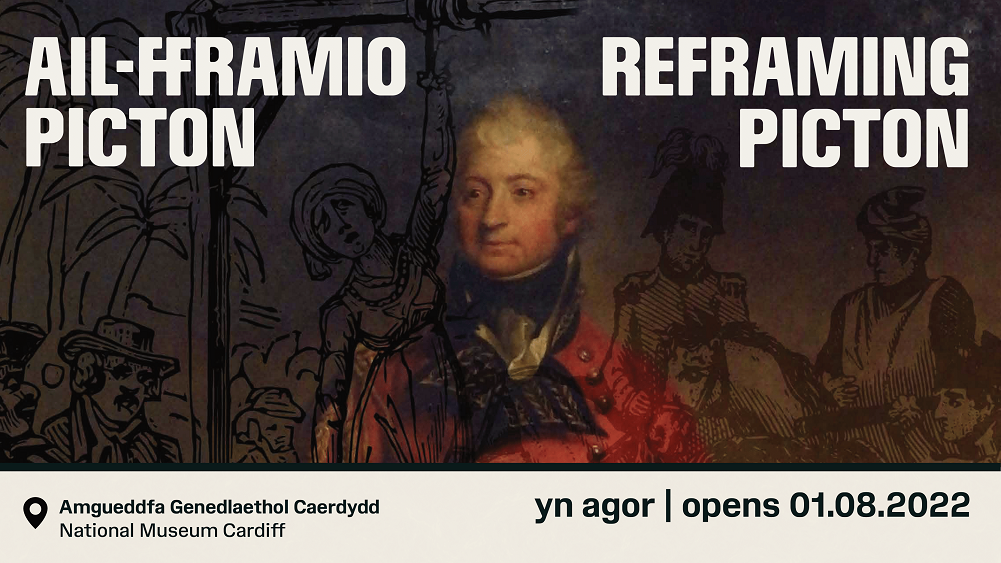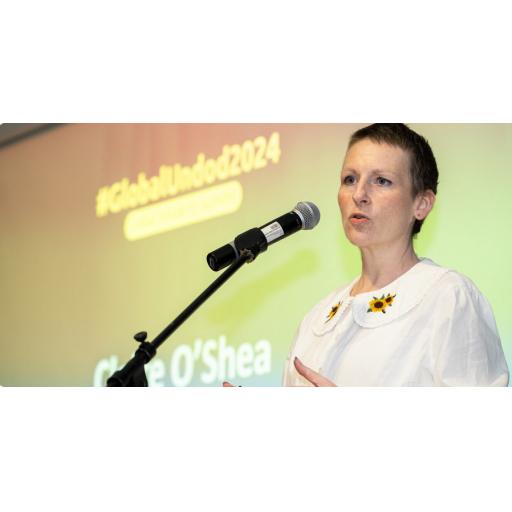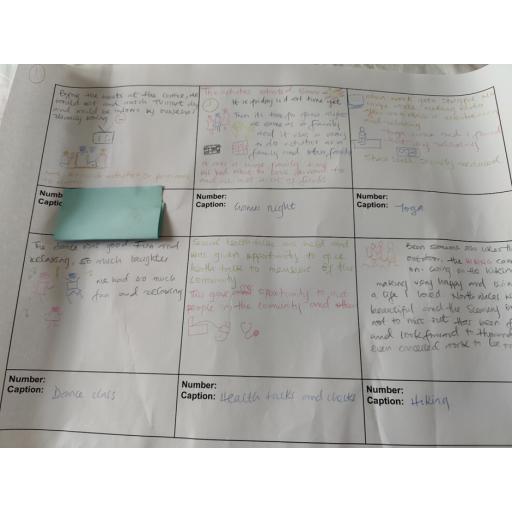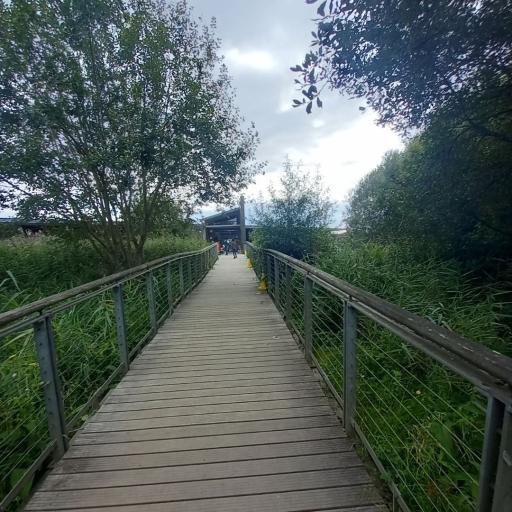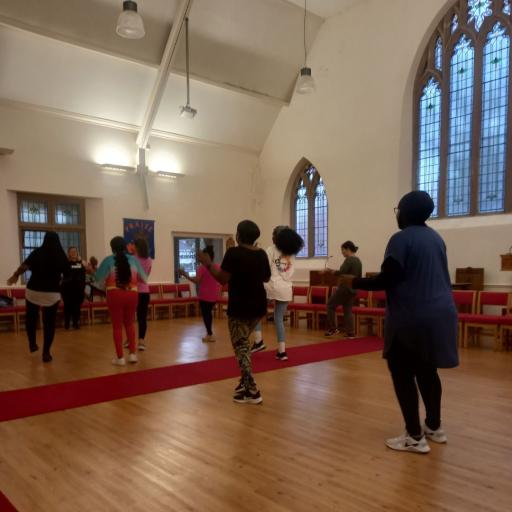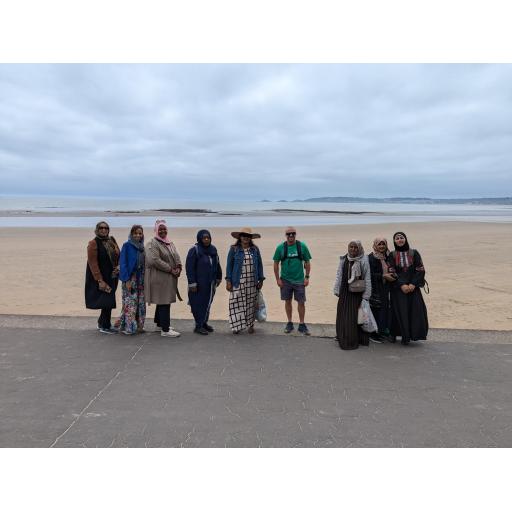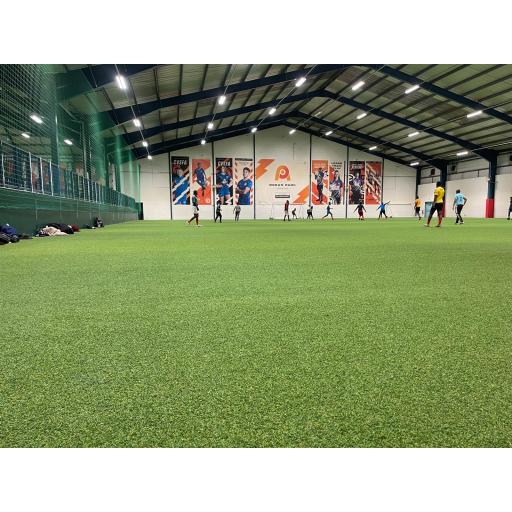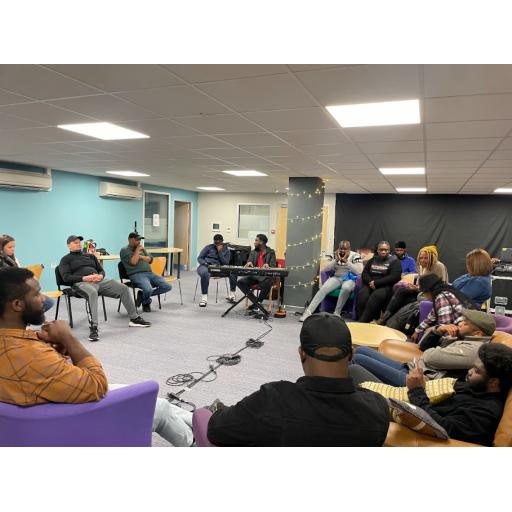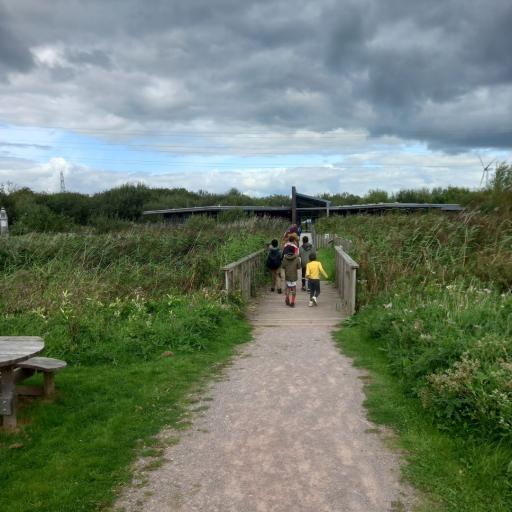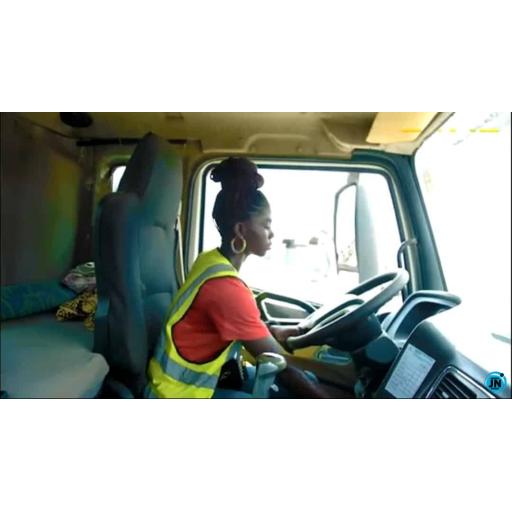Reframing Picton: New artworks go on display at National Museum Cardiff alongside re-interpreted portrait of Thomas Picton
Date:2022-08-01
The exhibition includes two newly commissioned artworks, which will become part of Wales’ national collection. The two new commissions include an immersive installation of sculpture, objects from the Amgueddfa Cymru collections, striking photographs and film. These works will help reframe the legacy of Lieutenant-General Sir Thomas Picton (1758-1815) and give a voice to those most affected by Picton’s actions, and to those who live with the legacy today.
Alongside the new commissions, Lieutenant-General Sir Thomas Picton’s portrait will return to the museum’s walls in a travel frame following its removal in November 2021. The portrait by Sir Martin Archer Shee has been a part of Amgueddfa Cymru’s collections since its founding in 1907.
The decision to reinterpret the portrait was made as part of Reframing Picton – a youth-led project team involving the SSAP Youth Leadership Network and the Amgueddfa Cymru Producers. The project team worked with the museum’s curators to provide additional information and context about Picton’s legacy as Governor of Trinidad at the turn of the 19th century. This includes his brutal treatment of the people of Trinidad, including the torture of 14-year-old Luisa Calderon – information which was not part of the museum’s previous interpretation of the portrait.
The project team looked at objects across Amgueddfa Cymru’s collections to reinterpret the narrative around Picton. Objects included in the interpretation included a newly acquired transcript of the trial of Picton in London in 1806; anti-slavery medals produced to support the late 18th century anti-slavery movement in Great Britain; and a medal from the 1819 Eisteddfod, won by Walter Davies in 1819 for an ode to Picton. The Reframing Picton project team consulted with independent arts and education charity Cutlure& on different ways to approach the redisplay.
The Reframing Picton project team said:
“For generations, even up to recent years, saying ‘Black Lives Matter’ has been controversial. In the time we worked on this project we made a point to expose - not erase - history, and it was essential that we directly involved people connected to Trinidad, where Picton entrenched his reputation for barbarism during his tenure as Governor.
“One of our goals for this exhibition was to create a site of conscience rather than indoctrination. To create a dialogue between museums, the governments that fund them and the communities they serve. To create healthy ways of addressing trauma. We hope that this exhibition will encourage visitors of all backgrounds to listen and learn from the past, and to put these learnings into practice today.”
The commissions follow a callout by Amgueddfa Cymru in January 2021 for artists to explore alternatives to the colonial narrative represented by the portrait of Lieutenant-General Sir Thomas Picton and to centre Black experiences.
The new artworks by Gesiye and Laku Neg explore narratives of ancestry, healing, transformation and empowerment and they challenge the colonial narratives that have traditionally existed in National Museum Cardiff’s galleries by centring Black consciousness, experiences, and voices.
Gesiye (pronounced gay-see-yay) is a multidisciplinary artist from Trinidad and Tobago. Her work with individuals and communities explores storytelling, connection and healing across various mediums, and is inspired by a deep love and respect for the earth. Her commission, “The Wound is a Portal” uses the cathartic process of tattooing to explore generational trauma in relation to the land. Her installation inlcudes a series of portraits and a short film. Each tattoo in this intergenerational work is connected through a stop motion animation, facilitating a reclamation of agency and acting as a portal to re-connection with self, with each other and with the land.
Gesiye said:
This healing offering is a portal, an ode to our island, to its beauty and to our belonging. The trauma of slavery and colonilaism continues to impact the African diaspora's relationship with the land. In “The Wound is a Portal,” I use Afro-diasporic healing modalities to weave a mythology of land and personhood, celebrating individual identity while creating space to acknowledge our truths and transmute our pain. I’m grateful to have created this work in collaboration with musicians, designers, filmmakers, photographers and eight volunteers from across the island who met through this experience.
Laku Neg (Black Yard in Haitian Kwéyòl) is represented by four artists, three of Trinidadian heritage, who live and work in the UK. The group promotes expressions of African diaspora knowledge through the arts. Laku Neg's commission 'Spirited' is an immersive installation - a tapestry of memory and understanding, comprising a metal sculpture, bamboo frames, twisted paper, found objects and audio visual elements. It is inspired by the Ol' Mas' traditions, practice and aesthetic of the Trinidad and Tobago Carnival. Their commission explores a re-presentation of Luisa, Thisbe and Present, named victims of Picton’s brutal regime in Trinidad.
Laku Neg said:
“This ancestral work honours fractured African traditions in Trinidad that feed and underpin our island culture. Here, we offer re-imaginings and re-creations of a period in which Trinidadian and Welsh history overlap. It is art borne of our imagination; it is motivated by experience and informed by, not responding to, history. It bears the fingerprints of communities of supporters in Trinidad and in Wales, who all helped to realise a vision that originated in our yard.”
Dr Kath Davies, Director of Collections and Research at Amgueddfa Cymru, said:
“This project is the culmination of such positive working between Amgueddfa Cymru and the Sub Sahara Advisory Panel’s Youth Leadership Network and the Amgueddfa Cymru Producers. It highlights the importance and the positive outcomes that result from working together and listening to one another.
We are very grateful to the young people of the SSAP’s Youth Network for giving their time in working with us at the museum, and we’re very proud of the artworks that have now entered the national collection. We thank the artists for working through a pandemic and across international borders. We hope that they spark conversations on representation and the many histories of Wales in a modern-day museum.”
Fadhili Maghiya, Director at the Sub Sahara Advisory Panel said:
“For the longest time Picton has been celebrated in Wales, now, for the first-time communities that were historically exploited and abused by the likes of Picton have a reason to celebrate:
“Our stories, told through beautiful and affirmative pieces of art, celebrating our resilience and remembering our heritage and history, our side of the story.
“There might be misconceptions that Amgueddfa Cymru - Museum Wales and the Sub-Sahara Advisory Panel’s Youth Network seek to rewrite history with this project. However, that is far from the truth. Reframing Picton aims to rewrite our future by challenging the way we engage with history. The project enables us to widen the spotlight that has for many years hidden the darkness of Picton in all its full and truthful context. SSAP’s Youth Network and Amgueddfa Cymru have played a key role in shaping important conversations that involves our Nation and our past. We hope this is the beginning of discovery to the many neglected voices that makes Wales a prosperous, globally responsible nation that brings communities together to thrive.”
Minister for Social Justice Jane Hutt said:
“We’ve made it clear that we are committed to creating an anti-racist Wales by 2030, but in order to achieve this objective, we must all think about who we commemorate and how we do so.
Amgueddfa Cymru has worked with a range of stakeholders to update its interpretation of Picton. Projects like this, demonstrate how important it is to understand our past, this isn’t about re-writing history, it’s about highlighting the context and taking a more holistic view of our past.
We know that this is just the start of what will be a long process, and that we need our communities’ help in creating the Anti-racist we all want to live, and thrive in. If we get this right, we will create a society where everyone is valued for who they are and the contribution they make.”
Amgueddfa Cymru belongs to everyone and is here for everyone to use. We are a charity and a family of seven national museums and a collections centre, located across the country. Our aim is to inspire everyone through Wales’ story, at our museums, in communities and digitally.
Our welcome is free thanks to funding from the Welsh Government and extends to people from all communities.
Play your part in Wales’ story: by visiting, volunteering, by joining, by donating.
Youth led projects across the museum are part of the Hands on Heritage initiative, made possible by the National Lottery Heritage Fund's Kick the Dust Grant.

